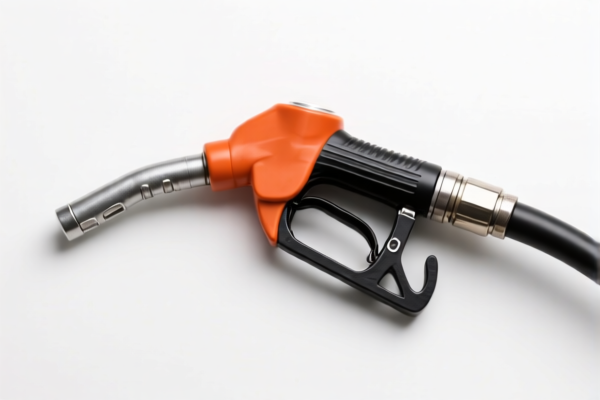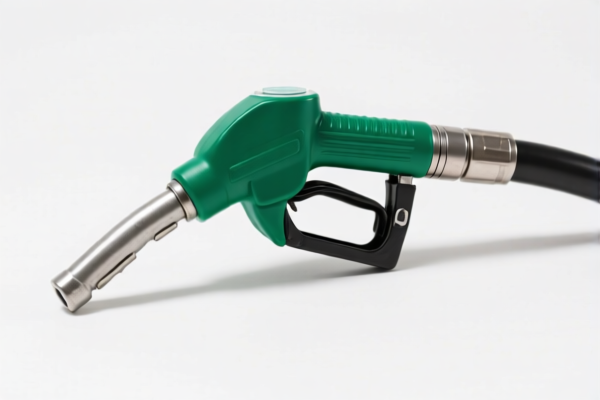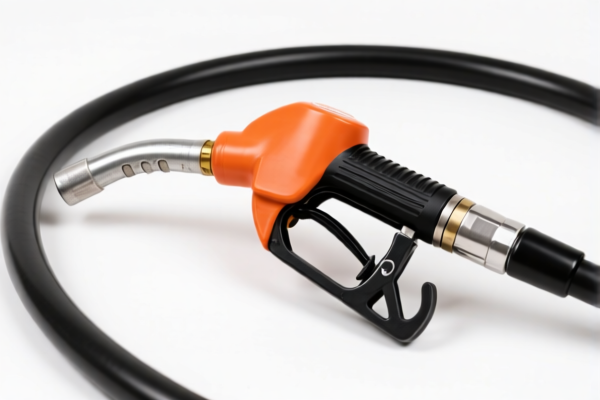| HS Code | Official Doc | Tariff Rate | Origin | Destination | Effective Date |
|---|---|---|---|---|---|
| 4009410000 | Doc | 57.5% | CN | US | 2025-05-12 |
| 4009420050 | Doc | 40.0% | CN | US | 2025-05-12 |
| 4016931010 | Doc | 57.5% | CN | US | 2025-05-12 |
| 4016931020 | Doc | 57.5% | CN | US | 2025-05-12 |
| 8487900080 | Doc | 83.9% | CN | US | 2025-05-12 |
| 8487900040 | Doc | 58.9% | CN | US | 2025-05-12 |




Coolant Hose
A coolant hose is a vital component of a vehicle's cooling system, responsible for circulating coolant between the engine and radiator to regulate operating temperature.
Material:
- Rubber: Historically, coolant hoses were primarily made of natural rubber reinforced with textile or steel braiding. However, standard rubber degrades over time due to heat, pressure, and chemical exposure to coolant.
- Ethylene Propylene Diene Monomer (EPDM): Currently, EPDM rubber is the most common material. It offers superior resistance to heat, cracking, and coolant chemicals, extending hose lifespan.
- Silicone: Silicone hoses provide the highest level of heat and chemical resistance, making them ideal for high-performance or heavily modified vehicles. They are also more flexible and durable, but are typically more expensive.
- Fluorosilicone: Used in specialized applications with extreme temperature and chemical demands.
Purpose:
The primary function of a coolant hose is to safely and efficiently transport coolant, a mixture of water and antifreeze, throughout the cooling system. This process prevents engine overheating and maintains optimal operating temperature for efficient combustion and reduced wear.
Function:
- Circulation: Facilitates the continuous flow of coolant from the engine block and cylinder head to the radiator.
- Heat Dissipation: Transfers heat from the engine to the radiator, where it is dissipated into the atmosphere.
- Pressure Resistance: Withstands the pressure generated by the cooling system, preventing leaks and bursts.
- Flexibility: Accommodates engine vibrations and movements without cracking or failing.
Usage Scenarios:
- Internal Combustion Engines: Used in gasoline, diesel, and other types of internal combustion engines in automobiles, trucks, motorcycles, and other vehicles.
- Heating Systems: Some applications extend to transporting coolant in vehicle heating systems.
- Industrial Equipment: Coolant hoses are also used in various industrial machinery to regulate temperature.
Common Types:
- Radiator Hoses: Connect the engine to the radiator (upper and lower). These are typically the largest diameter hoses.
- Heater Hoses: Transport coolant to and from the vehicle's heater core.
- By-Pass Hoses: Allow coolant to circulate within the engine block when the thermostat is closed, preventing localized overheating.
- Turbocharger Coolant Hoses: Specifically designed to circulate coolant through turbochargers for cooling.
- Straight Hoses: Used for shorter connections and custom applications.
- Molded Hoses: Pre-bent hoses designed to fit specific engine configurations.
Coolant hoses are tubes and pipes made of vulcanized rubber, typically used in automotive cooling systems to transport coolant. Based on the provided information, the following HS codes may be applicable:
- 4009410000: This HS code covers tubes, pipes and hoses of vulcanized rubber other than hard rubber, with or without fittings, specifically reinforced or otherwise combined with other materials without fittings. This could apply to a basic coolant hose without any attached connectors or flanges. The total tax rate is 57.5%, comprised of a 2.5% base tariff, a 25.0% additional tariff, and a 30.0% additional tariff effective April 2, 2025.
- 4009420050: This HS code also covers tubes, pipes and hoses of vulcanized rubber other than hard rubber, with or without fittings, but specifically those reinforced or otherwise combined with other materials with fittings. If the coolant hose includes connectors, elbows, or flanges, this code would be more appropriate. The total tax rate is 40.0%, comprised of a 2.5% base tariff, a 7.5% additional tariff, and a 30.0% additional tariff effective April 2, 2025.
It is important to determine whether the coolant hose has fittings attached to select the correct HS code.
Regarding HS codes 4009410000 and 4009420050, please note the additional tariff changes effective April 2, 2025.
Customer Reviews
No reviews yet.